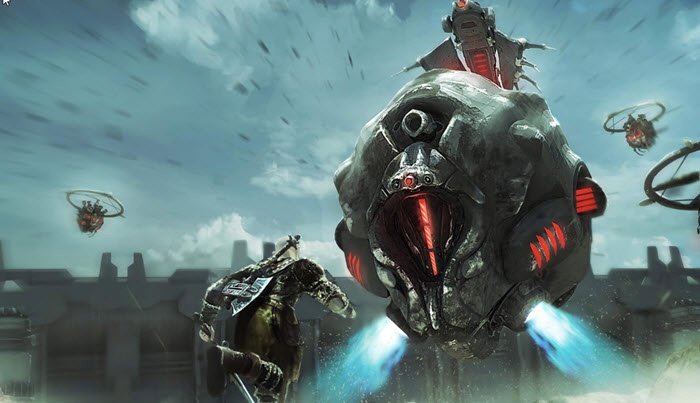

The staying power of A Mortician’s Tale stems from its moment-to-moment play. As a polemic, it’s fine and quite convincing, but a little predictable. Its story of a young woman landing her first job as a mortician not-so-subtly spotlights the at best tacky and at worst malicious nature of the massive corporations that churn through grieving families, encouraging them to send off their loved ones in coffins and services that reap the most profit. 18, Laundry Bear Games)Īn imperfect cri de coeur about the funeral services industry, A Mortician’s Tale begs players to consider the business of death. Chris Plante, e xecutive e ditor of Polygon Without further ado, it’s our pleasure to share some of these games with you. Games offer the tools for us to contextualize the past, to safely experiment within the present, and simulate frameworks for the future. We mustn’t drown in them, but learn from them. We must work to make our world better, but there’s a value in mindfully embracing these other worlds, too. In these escapes we have the opportunity to recharge and grow. ( As they sometimes should be!) But the magic of games in 2017, stemming from the abundance and variety of experiences, is the emphatic confirmation that games mean so much more to so many more people than they ever have before.

Of course, games still can be addictive, puerile and base.

Looking at this list, you don’t see a niche for a band of entitled young men, but a medium that is pressing outward while also exploring inward. What’s most encouraging about this year in games, though, is the continued push toward accessibility and diversity. They questioned how we live through instant messages, texts, our home screens and even a glorified spreadsheet. Games dropped us into the lives of troubled families in the Pacific Northwest, morally complicated gangsters in Tokyo, baseball-obsessed high school girls in San Francisco Bay and artificial intelligence in the distant future. Rich video game publishers continued making games about stabbing and shooting, yes, but they framed them in a way that engaged with history, even when the message was as simple as, “Yeah, pal, it’s good to punch Nazis.”Ģ017’s best games were silly, thoughtful, gross, beautiful and surprising They respect life.īig franchises that could have preyed on our nostalgia voluntarily evolved, creators engaging with our fandom, but firmly pushing their artistic goals forward - and us with them. Instead, we have games that recognize the fragility and preciousness of human life, games that deal with death, mental health, teenage anxiety and child illness. What a strange joy to see all of them together.Īnd what a relief that, in 2017, so few of these games involve shooting people in the head, splashes of blood being the only color in their world. This year, we collected 50 of our top games into a list. And quite often, they manage to be both at once. But when games are their best, the experience is so much greater than an emotional exit. The mobile version of PlayerUnknown’s Battlegrounds, a battle royale shooter game, was played predominantly by male gamers, while puzzle games such as Candy Crush attracted more of a female audience.Are we really escaping when we play games? Or are we learning, experimenting and taking control of ourselves? Are we learning to experience life not as we know, but as those around us experience it? Are we gaining empathy and camaraderie and relief? It also seems that women are becoming increasingly engaged with video games as they made up 45 percent of all gamers in the United States in 2018, up from 38 percent in 2006.Īs stereotypical as it may seem, there are still clear differences in the video games enjoyed by men and women. In the United States in 2018, some 28 percent of video game players were under the age of 18, while 23 percent were 50 years old or older.
#MOST POPULAR RPGS 2017 SIMULATOR#
The fact that there are so many different games available nowadays from classic shooter games to puzzle games and simulator games means that the audience demographics are as mixed as ever. Whilst 20 percent of video gamers worldwide were, indeed, males between the ages of 21 and 35, some 13 percent were females aged between 36 and 50.

Although video games are traditionally seen as a hobby for the young and for males, there are suggestions that gamers are a much more diverse bunch.


 0 kommentar(er)
0 kommentar(er)
